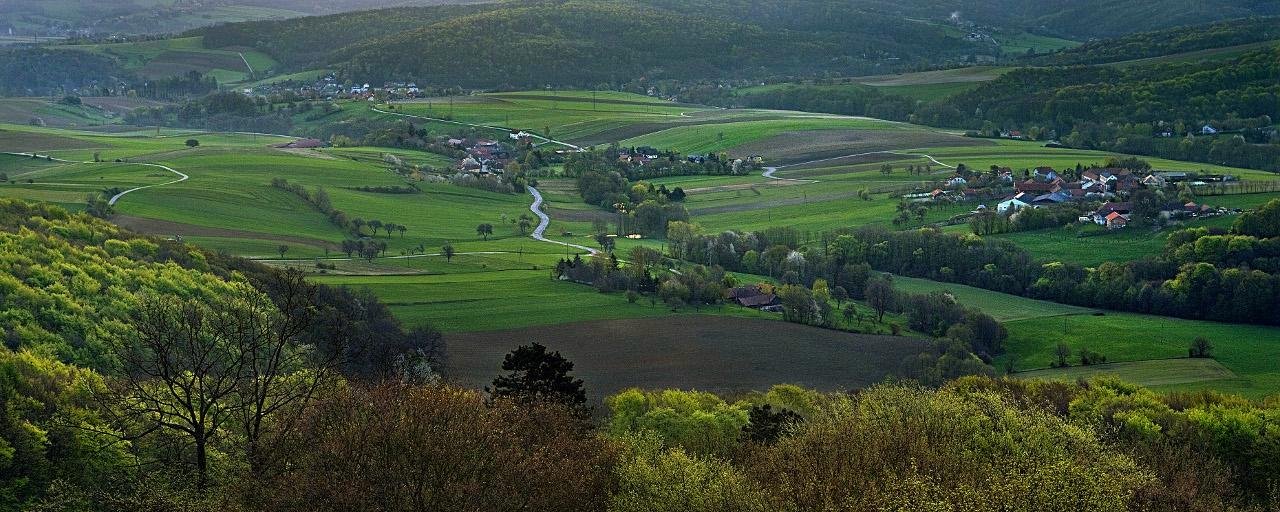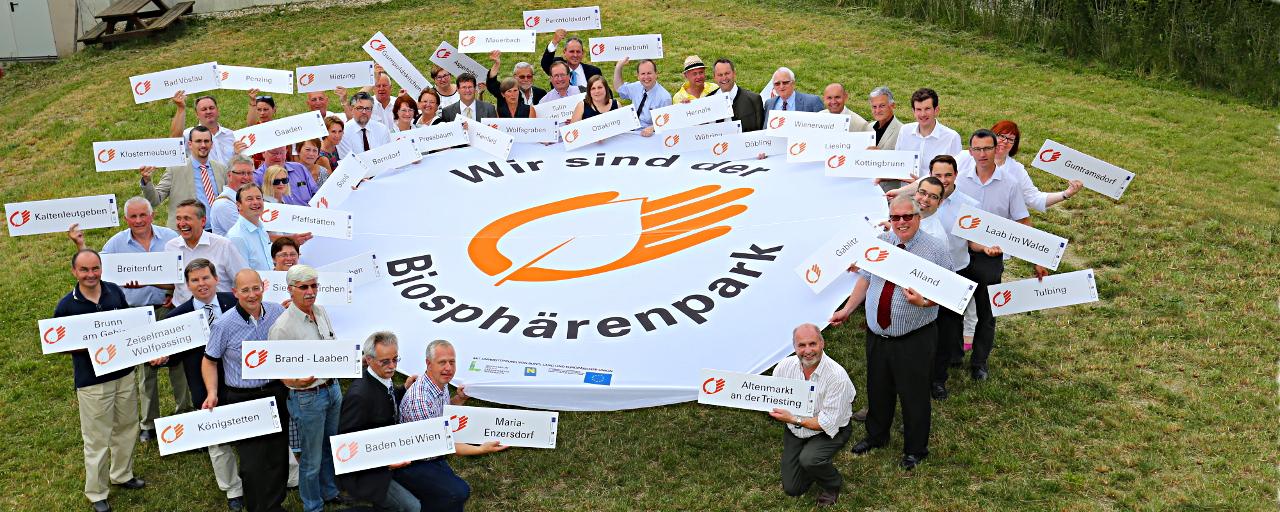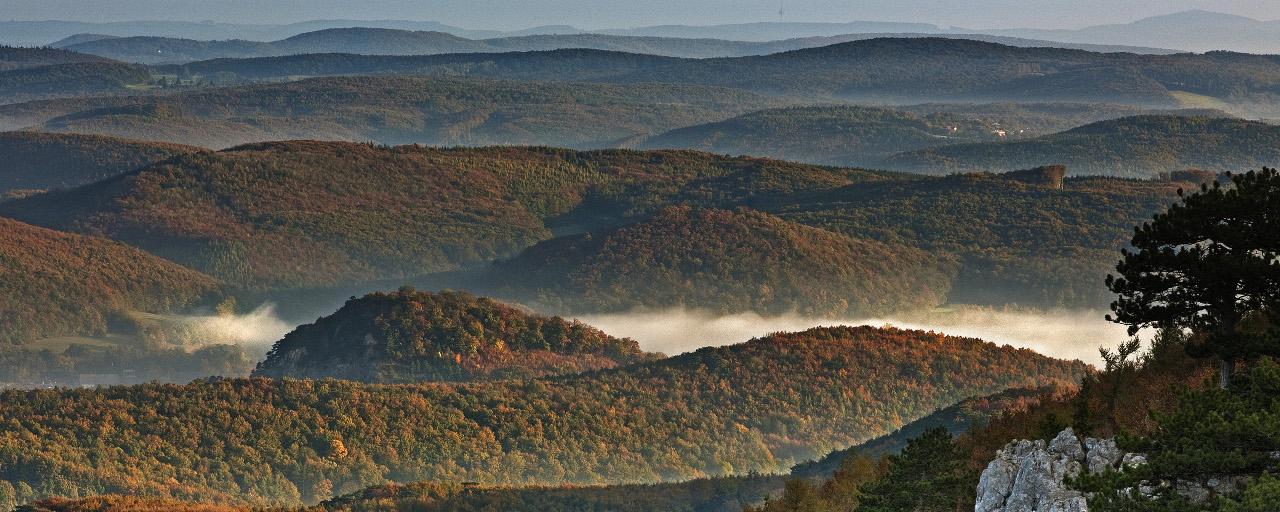The BR Wienerwald
The Wienerwald was designated as a Biosphere Reserve in 2005 by UNESCO. This standing protects the great variety of natural and cultural elements that make this region so unique and valuable. The Wienerwald BR covers an area of 105,645 hectares and extends across 51 communities in Lower Austria and seven municipal districts in Vienna. Some 815,000 people live in this region
communities in Lower Austria and municipal districts in Vienna
The uniqueness of this region is characterised by the diversity of nature, culture and sustainable management on the margins of the city of Vienna – the only biosphere reserve in Europe part of which is located in a megacity with millions of inhabitants. Apart from the city of Vienna and concomitant suburbanisation, the region is characterised by a few small towns with more than 20,000 inhabitants and numerous small villages. It should be noted that 60% of communities have less than 5,000 inhabitants. Mödling and Klosterneuburg each have more than 20,000 inhabitants.



